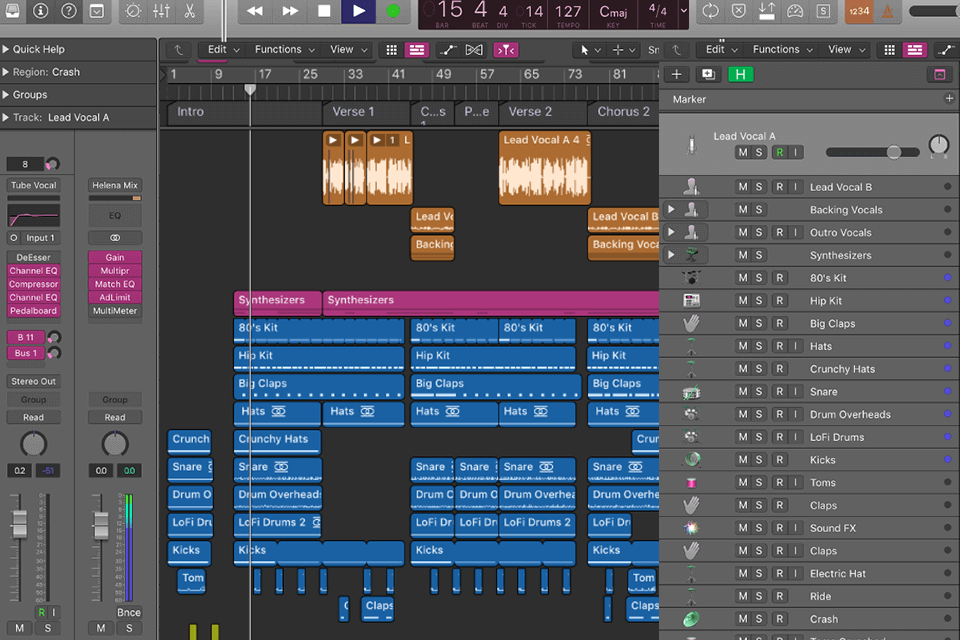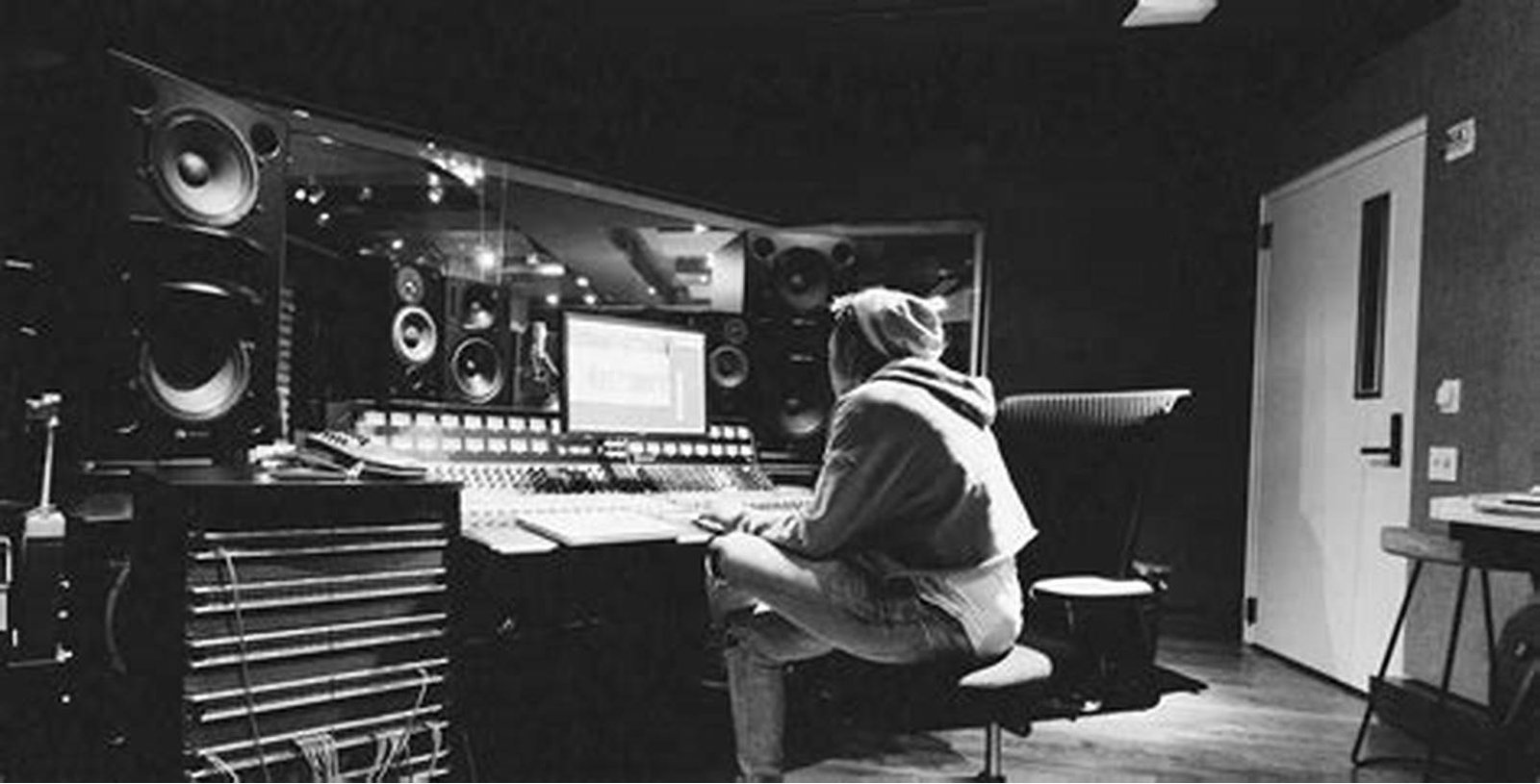Celebrating Mo Foster’s Musical Legacy
Explore the rich history and contributions of Mo Foster, a renowned bassist and composer who collaborated with artists like Jeff Beck and Phil Collins. For those interested in diverse entertainment experiences, visit www.stellarspins.fun.
Creating a hit song is a delicate balance of creativity, collaboration, and technical skill. While the artist brings their vision and talent to the table, the music producer plays a crucial role in shaping that vision into a finished product that resonates with listeners. From conceptualizing the song to fine-tuning the final mix, producers are key to turning an idea into a chart-topping hit.
In this article, we’ll explore how music producers work with artists to create successful songs, covering everything from the initial idea to the final polished track.
1. Establishing a Clear Vision
The journey to creating a hit song starts with a shared vision between the artist and the producer. During the initial meetings, the producer and artist discuss the concept of the song, including its mood, genre, and target audience.
Understanding the Artist’s Style and Goals
A successful collaboration begins with the producer understanding the artist’s unique style and objectives. Whether the artist is aiming for a radio-friendly pop song or a deep, emotional ballad, the producer’s job is to ensure that the final product aligns with the artist’s vision while also appealing to a wide audience.
Defining the Song’s Direction
The producer helps the artist define the direction of the song. This could include deciding on the overall mood, whether it’s upbeat, melancholy, or introspective, and ensuring that the song’s arrangement and instrumentation reflect these emotions.
2. Crafting the Song’s Structure and Arrangement
Once the vision is in place, the producer begins working on the song’s arrangement and structure. This is where creativity really starts to shine, as the producer decides on the instrumentation, tempo, and overall flow of the song.
Choosing the Right Instrumentation
The producer carefully selects the instruments that will bring the song to life. Whether it’s a stripped-back acoustic guitar or a full orchestral arrangement, the choice of instruments significantly influences the song’s mood. Producers use their expertise to find sounds that complement the artist’s voice and lyrics.
Building the Arrangement
The arrangement is where the song’s structure comes into play, deciding how the intro, verses, chorus, bridge, and outro will flow. A hit song often follows a well-tested formula, but the producer also plays a role in adding unique elements to make the track stand out.
3. Shaping the Sound with Production Techniques
In the studio, the producer is responsible for shaping the overall sound of the track, from layering instruments to using creative production techniques. The process involves experimenting with sounds, textures, and effects to create something fresh and exciting.
Sound Selection and Design
Producers often play around with different sounds, whether it’s electronic beats, synths, or acoustic elements, to find the perfect fit for the song. They may also design custom sounds to create a unique sonic identity for the artist.
Utilizing Technology and Effects
Technology plays a key role in modern music production, and producers use a range of tools and effects to enhance the song’s sound. From auto-tune on vocals to reverb and delay on instruments, these techniques add polish and depth to the track. The producer ensures that the effects are used creatively and tastefully to enhance the emotional impact of the song.

4. Collaborating with Musicians and Engineers
In many cases, music producers work closely with other musicians, session players, and sound engineers to bring the song to life. These collaborations are vital in creating a hit song, as different talents and skills contribute to the overall sound.
Involving Session Musicians
A producer may bring in session musicians to play instruments that complement the song’s structure. For example, if a song needs a saxophone solo or a specific drum pattern, the producer will recruit talented musicians to add these elements.
Working with Sound Engineers
Once the track is recorded, the producer works with sound engineers to fine-tune the sound. Engineers are responsible for capturing the best possible sound during the recording process, while the producer ensures that every track and element is balanced properly.
5. Refining the Song with Mixing and Mastering
After the song is recorded and arranged, the producer’s role shifts to the mixing and mastering stages, where the song is polished and prepared for release.
Mixing the Track
Mixing is the process of balancing all the individual tracks in a song, adjusting levels, panning instruments, and applying effects. The producer works closely with the mixing engineer to ensure that the song sounds cohesive and well-balanced, with each element sitting perfectly in the mix.
Mastering the Song
Mastering is the final step in the production process, where the song is prepared for distribution. The producer ensures that the mastered track sounds as good on headphones as it does on large speakers, and that it adheres to industry standards for volume and clarity.
6. Ensuring Commercial Appeal
Creating a hit song isn’t just about artistic expression—it’s also about ensuring the song has commercial appeal. The producer’s understanding of the music industry and current trends plays a big part in making the song successful.
Following Industry Trends
Producers keep an eye on current music trends, ensuring that the song incorporates elements that will resonate with listeners and fit within the current market. This might include popular song structures, instrumentation, or production techniques.
Targeting the Right Audience
The producer also ensures that the song is aimed at the right audience. Whether it’s a catchy pop anthem for radio or an underground hit for niche listeners, the producer tailors the song to meet the tastes and preferences of its intended audience.
7. Testing the Song’s Potential
Before a song is officially released, producers often test its potential by playing it for a select group of listeners, including label executives, radio stations, and music influencers. Feedback from these early listeners can be crucial in deciding whether the song will be a hit.
Receiving Feedback
Producers carefully consider feedback from industry professionals and make adjustments to the song if needed. This could involve re-recording certain parts, adjusting the mix, or making small tweaks to improve the song’s overall appeal.
Finalizing the Track
Once the producer is confident that the song is ready for release, they finalize the track and send it off for distribution, knowing that their role in the creative process has helped shape a potential hit.
Conclusion
Creating a hit song is a collaborative effort between the artist and the producer, with both parties bringing their expertise and vision to the table. The producer’s role is essential in shaping the song’s sound, structure, and overall commercial appeal. By guiding the artist through every step of the process—from the initial concept to the final mix—the producer helps transform an idea into a chart-topping hit that resonates with listeners worldwide.







